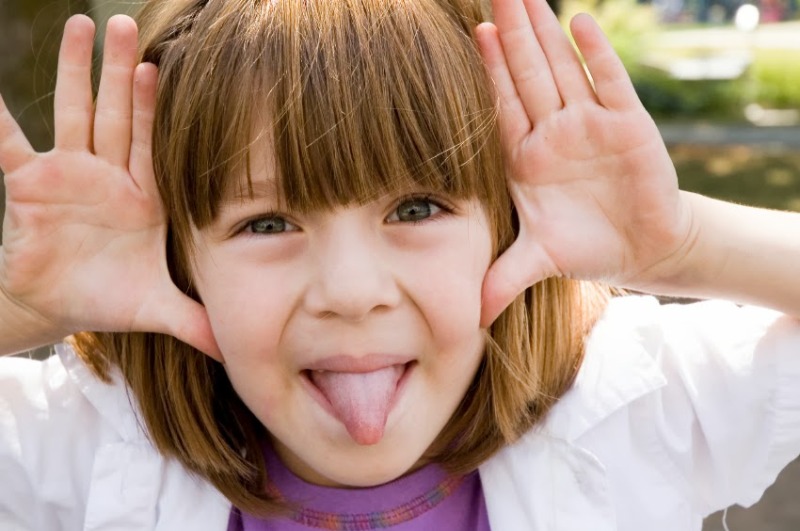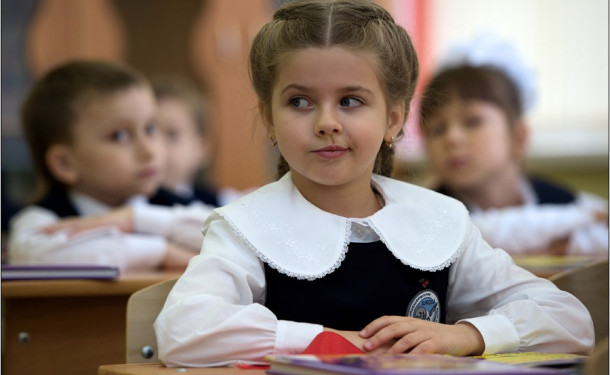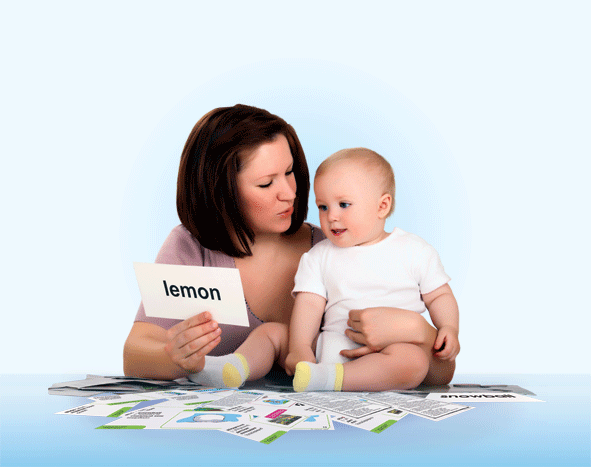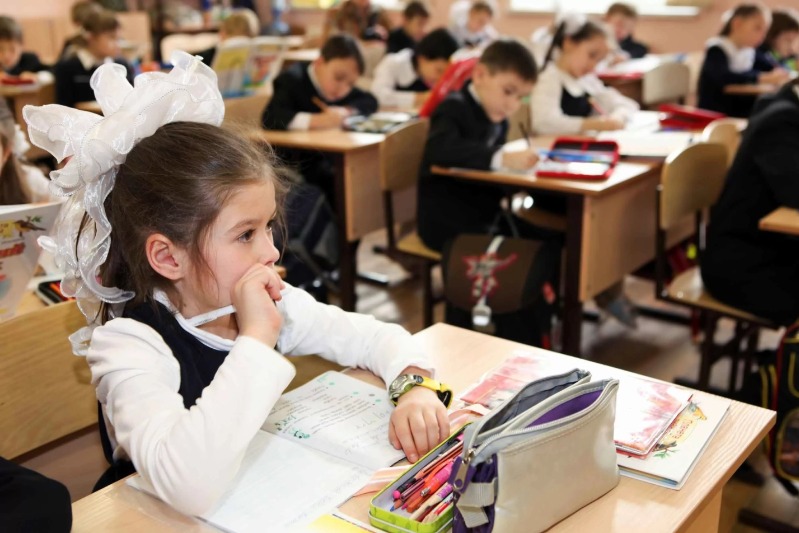BASIS OF SELF-ASSESSMENT OF THE CHILD
 How a person evaluates himself in a group of people, his pluses and minuses – all of this adds up to self-esteem, that is, an idea of himself. At different times, self-esteem may change, but its basis, the foundation, of course, is formed in the early years of life. The formation of the child’s self-esteem is influenced by mom and dad, friends with friends and even teachers.
How a person evaluates himself in a group of people, his pluses and minuses – all of this adds up to self-esteem, that is, an idea of himself. At different times, self-esteem may change, but its basis, the foundation, of course, is formed in the early years of life. The formation of the child’s self-esteem is influenced by mom and dad, friends with friends and even teachers.
WHAT DOES THE SELF-ASSESSMENT OF THE CHILD DEPEND ON?
When a person is born, he does not know anything about himself. Therefore, the child’s self-esteem is formed from the way mom and dad talk to him, what feelings they feel. Of course, already in school time, positive self-esteem is formed by successes in one or another sphere. If the family constantly pays attention to the fact that the baby is doing everything wrong, put peers as an example, then the child’s self-esteem, of course, will decrease.Unlimited compliments also lead to inadequate self-esteem, to the point that in the future a person will not be able to find a mate.
Do not connect the behavior of the child with his personality. For example, a son just bought a phone crashed – all “you are bad”. In this case, a bad deed, a child – a good one. At a young age, people tend to think that the world revolves around them, and the mood of the pope, the irritation of the older sister are associated with themselves. From this, the child develops a feeling of guilt, self-esteem decreases. It is important to convey that adults have their own reasons for being sad.
TYPES OF SELF-ASSESSMENT IN CHILDREN
There are 3 types of self-esteem: normal, overvalued and underestimated.
Normal The child adequately evaluates himself and his behavior is expressed in the following:
there is no fear of trying new things;
can find a solution to the problem on his own, but if it doesn’t work out, he can ask for help;
admits his mistakes and corrects them;
normal communication with peers.
Overpriced. The child overestimates its significance. Overstated self-esteem is expressed in:
self-centeredness;
painful perception of criticism;
attracting attention in any way;
aggression in communication with peers, the desire to humiliate others.
Low self-esteem is characterized by:
anxiety and self-doubt;
shyness;
incredulity and fear of being deceived;
isolation and touchiness;
negative mood.
child self-esteem
REASONS FOR LOW SELF-ASSESSMENT
Low self-esteem prevents normal interaction with other people, prevents communication and make new friends, does not allow new skills to develop freely. Children with low self-esteem are afraid to try new things, because the fear of failure is too great – they are sure that they will not succeed.
Causes of low self-esteem in children:
Deficiencies in appearance;
Reproaches from the elders for any reason;
Failures that the child is afraid to tell about if you scold him for it;
Money difficulties in the family (there is no such a cool gadget as Artyom);
Aggressive or dysfunctional atmosphere at home.
In time to determine that the child had any problems with self-esteem, it’s quite simple, if you always pay attention to how easily the child takes on something new that speaks about his peers. You can also take advantage of simple psychological tests. For example, invite the child to portray himself in the family circle. If he draws himself much smaller compared to the others in the figure, this indicates a lowered self-esteem.
Important criteria for evaluating a child are: success in school, his behavior, appearance, physical abilities, social status. The first two points are important for parents and teachers (educators), and the rest – for peers.
If the child is 8 years old, he begins to analyze himself, his achievements, his place among others, based on how other people evaluate him.
It is important to be careful and promptly contribute to the formation of a healthy self-esteem, to help the child correctly understand his and other people’s emotions, feelings and actions.
HOW TO INCREASE THE SELF-ASSESSMENT OF THE CHILD?
Young schoolchildren need to be encouraged more often, show respect, emphasize achievements, because at this age they perceive themselves through the assessment of parents and teachers, and if grades at school suddenly did not go very well, then the motivation for learning decreases. This is probably why in the first grades they replaced grades with emoticons.
Psychologists give parents some advice on how to increase their child’s self-esteem.
Celebrate the dignity of the child more often, less often compare with peers.
Respect desires, feelings, thoughts, interests. The child may be in a bad mood – this is normal. He may want a toy and this is also normal. Do not take personal items without permission, and do not climb in your backpack with older children. Respectful attitude to the child favorably affects the formation of his self-esteem.
From about six years old, children begin to identify themselves very clearly with the parent of their gender. The girl pays attention to how mother keeps herself in society, whether she defends her opinion, whether she considers herself attractive, smart. The growing girl involuntarily copies her mother’s behavior and attitude towards herself.




